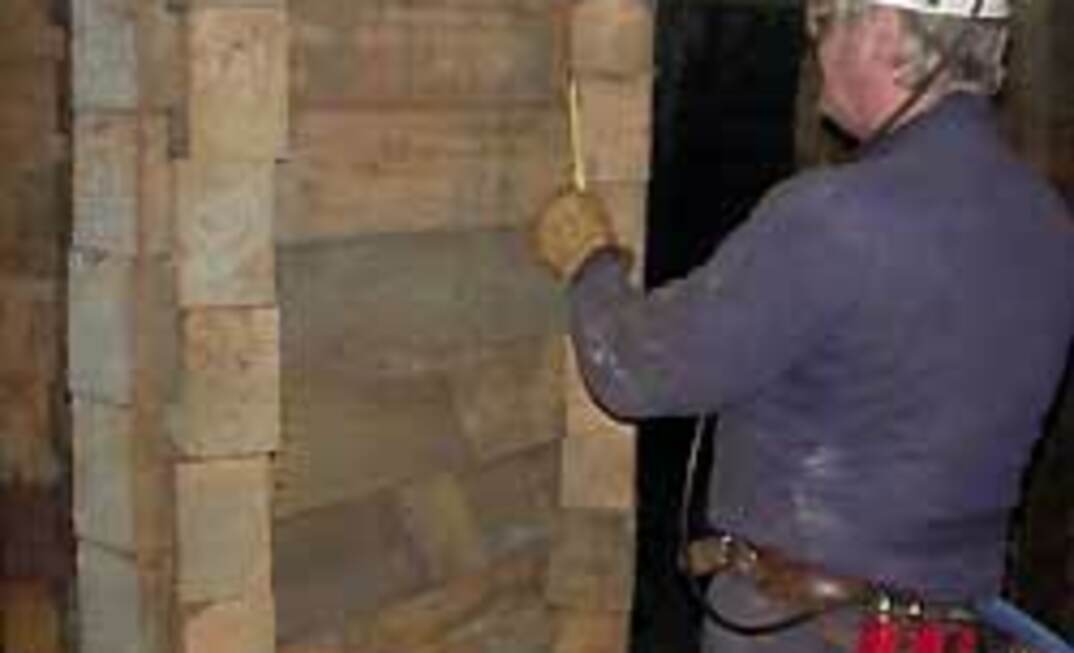Published in the May 2007 American Longwall Magazine
“All the ‘nice and easy’ seams are going away,” he said, noting that the trend in shearer design has turned sharply toward lower-seam applications. With the reduction in seam height often comes intrusions of hard rock that sit amidst it.
DBT currently possesses an integrated plow system in its cutting portfolio. The plow system is completely automated, powerful and productive. Units have been installed around the world with a new system scheduled to begin operation in Mexico. However, the system can have its limitations in certain geological conditions.
Because of that, Armburger said that DBT’s efforts have been concentrated on serving that market effectively with shearers that will work in low seams and offer the power needed to chew the coal from longwall panels.
With the industry left to take output from lower and lower seams, it begs the question: is shearer automation far behind? The obvious challenge is the ability for even the slightest-height shearer operator to stand comfortably at a face, maneuver and do his or her job effectively.
Automation is indeed key, said Armburger. The current status of the industry, however, is only at remote operation. In order for a full and true automation phase to become a reality in the industry, he said the changing environment of each cutting pass must be acknowledged and synthesized by the complete longwall system.
“It can’t be done in isolation with each individual product … it all has to interface and work together,” he noted, adding that he believes “we’ve got the capability to see it in our lifetime”
The industry’s focus currently, however, lies in how far the quest for full automation has not come, Armburger said. He feels most people in the industry expect that we should be further ahead towards that goal than we are.
“It is possible, it just takes focus and a commitment to get the job done,” he said, adding that the advances being seen in communications between the longwall components and the surface are a great example of that. Additionally, significant strides are being made in onboard diagnostic monitoring and control, and those steps have gone hand-in-hand with where the industry stands now with shearer design.
As DBT examines plans in the area of research and development, Armburger said its customers are key drivers of ideas because of the knowledge gained from specific applications of its products.
“Geologic conditions differ at every mine,” he noted. While shearer design is based on the core components of the unit, the company gleans a lot from the varying conditions.
DBT’s product goal is the same as an operation’s priorities when it puts the shearer into use: both strive for reliability and serviceability. Keeping downtime at a minimum is of the utmost importance when production and operational efficiency is the objective.
Much effort, creative and financial, is directed to R&D, Armburger said. “We’re always looking forward.”

























